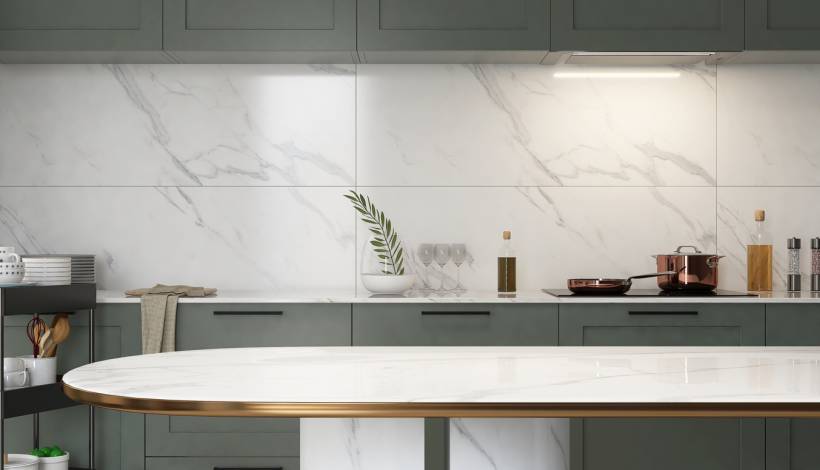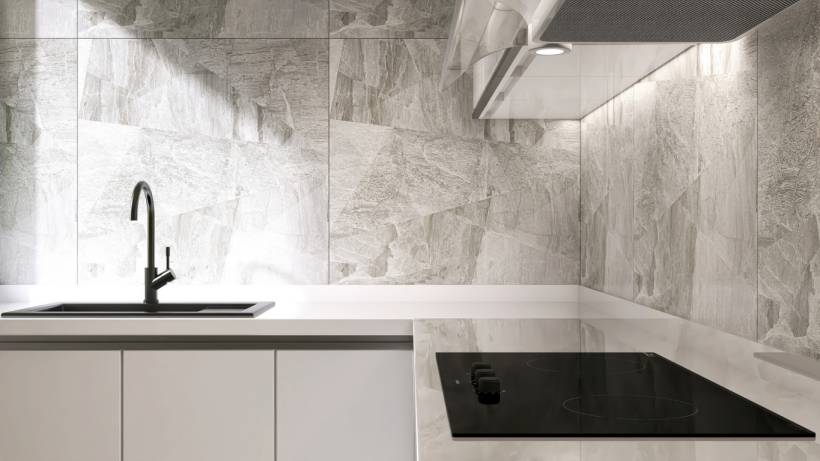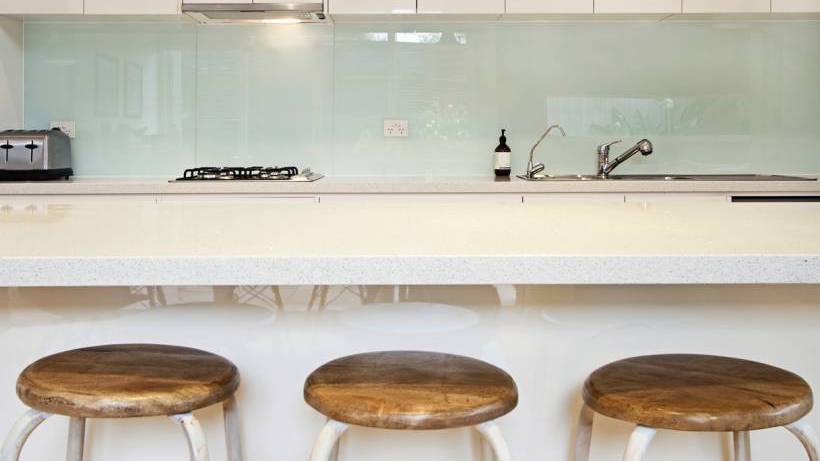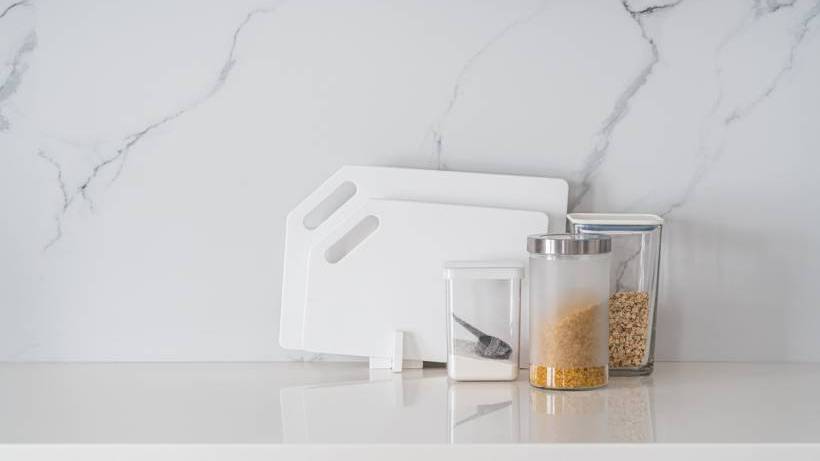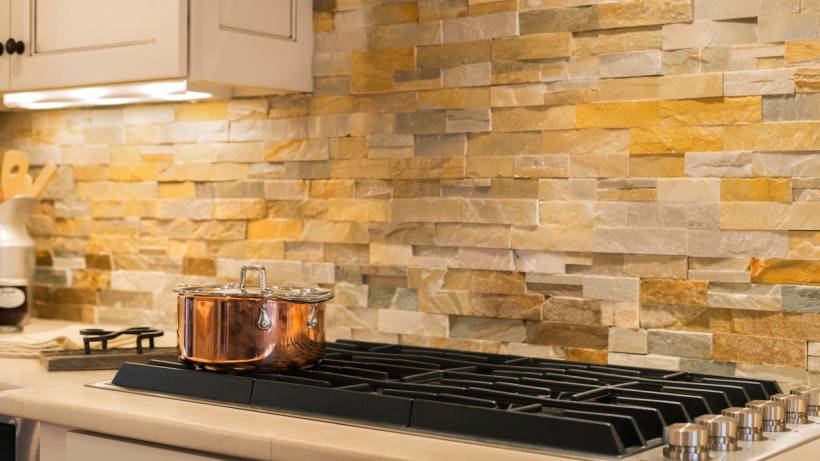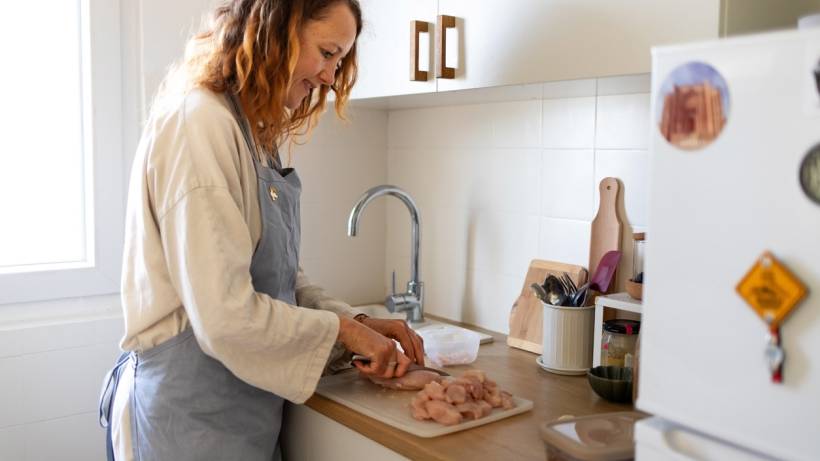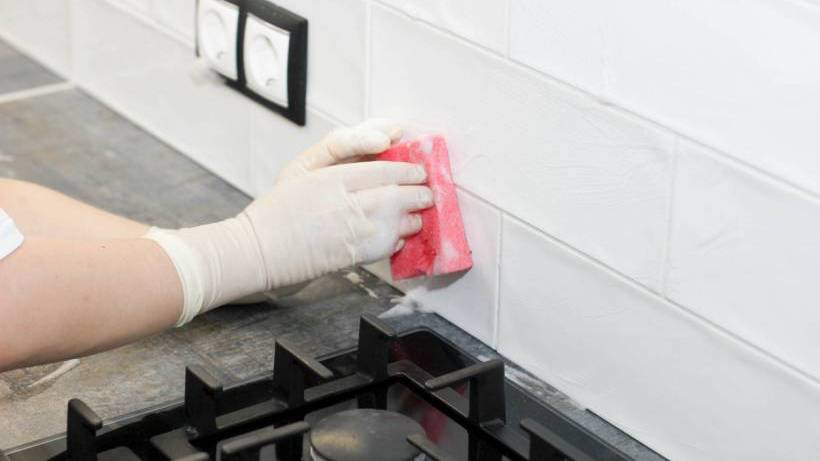The sun provides us with an abundance of energy each day, its powerful rays offering an energy solution that keeps high energy bills at bay and minimises the need for damaging fossil fuels. Solar energy is a renewable and powerful source of power, producing more energy in an hour than what is used across the world in a year. By harnessing the sun’s thermal energy and with the right power system, solar panels can generate enough energy to sustain a household’s electricity usage.
How does solar power work?
Solar power systems are comprised of panels, inverters, switch boards, electricity meters and in some instances, a power grid. When a grid is connected to a solar power system, it draws energy from an inverter to power household appliances and any leftover electricity is fed back into the grid. Stand alone power systems are disconnected from a public grid and rely on a battery to store surplus energy to supply electricity during overcast days or overnight use.

Stand alone systems with batteries aren’t as common as grid systems for homes but with improving battery technology and cheaper production, batteries are becoming more popular. The appropriate size and capacity of a battery will depend on the amount of power your household spends during the night.
The number of panels you require to power your home will depend on the number of people residing and the frequency of use. Usually, a medium sized home for 2-3 people will require a 3kw system whereas a large home for four or more people will require a 5kw installation to power a fridge, 20 or more halogen lights, multiple air conditioners and approximately five or more loads of washing a week.
What are the difference between an off-grid system & a grid connection?
The difference between the two systems is that an off-grid system is not connected to the community’s main power supply and stores its excess electricity in batteries. A grid-connected solar PV system is connected to the community’s main electricity grid, and the excess electricity is sent into the community grid.
Solar power inverters
A solar power inverter works very much the same way as a travel plug. It converts the electricity from solar panels into electricity that can be used in the home. Electricity used by the solar panels are DC power, and the solar power inverter converts it to AC power, which is usable in your home.
There are many different forms of solar power inverters, and each has advantages. Here are just a few of the many types of inverters available for purchase:
Standalone: convert the DC electricity that is harvested from a battery to AC electricity. Solar panel inverters are used for many home sizes, so they come in a range of different sizes and powers. You can find standalone inverters to run small objects, which put out as little as 100W, and some can run quite large appliances, with an output of 8000W. To determine which size inverter you need, you have to do a quick calculation of the AC load that each of your electric appliances uses currently.
Sychroneous inverters: These inverters harvest energy from your appliances and stores it in a battery. The way this process works is that any excess power you don’t use gets allocated to the main grid. However, if you’re using more than your store, the inverter provides you with the excess electricity you need from the grid. The good thing about this kind of inverter is that it works as a generator in power-outage situations.
Multifunction: Multifunctional inverters are the most expensive ones, but they work as synchronous and standalone converters together, which gives you all the benefits of the above in one single inverter.
Modified sinewave inverters: If your solar power system lacks electric motors, a modified sine wave converter would be an affordable choice for you. The only downside is that they do create a buzzing sound as long as they’re running.
True sinewave inverters: These work very much in the same way as the sinewave inverters. However, they are a little bit more dear since they are compatible with more devices and they’re relatively quiet to run.

What’s a solar booster?
Solar panels must be used with a solar inverter to transfer the DC energy to AC energy, and a booster works to rev up this process, especially in times where there isn’t much sunshine.
If you have a television that has very poor reception, you were probably told to purchase a higher powered antenna or a signal booster. The higher powered antenna or booster would give you more coverage, more channels and a clearer picture. The solar booster sort of works in the same way for your solar panels.
Benefits of using a solar booster
Solar panels often give you their best during clear sunny days. However, on days when it is exceptionally cloudy or dark, you may not get the best use out of them. This may cause you to time your hot showers or electricity use. A solar booster helps to increase your solar panel’s uptake of energy by up to 30%. This helps reduce your energy costs even more.
Besides the obvious benefits of being able to use your electricity and gas for longer, a solar booster can be connected to an off peak electricity or gas source to help you save even more money. Living in areas that are prone to cloudiness, long hours of darkness or extreme shade, makes it harder for your solar panels to work for you. Solar boosters can help them work as they normally would in a sunny area. They won’t give too much optimisation in these areas, but it will help the existing panels run more efficiently.
Installing a solar booster
Although solar boosters are available for purchase at many of the places that carry solar panels, installing them may be a bit difficult. It’s best to have a professional instal the solar booster for you. A professional will make sure that you’re getting the most out of your booster.
Contact local solar panel experts
Solar glossary of terms
How solar savvy are you? If you can’t describe a photovoltaic panel and you’re not sure what a grid is, this glossary of solar panel terms is for you. Here is a basic summary of basic solar power definitions:
Alternating Current (AC) is a type of electrical current that intermittently alters directional course, typically at a rate of 60 times every second.
Amorphous Thin Film is a photovoltaic, silicon-based film, mixed with other substances that is used to cover solar panels.
Charge Controller is a device that controls the amount of power that is sent from the solar panel to the battery tank to prevent overcharging.
Direct Current (DC) differs from an alternating current in that it travels in only one direction.
Feed-in Tariffs are rebate fees that your electric company pays to you when your solar power system feeds energy back into the grid. This fee is higher than the retail rate usually charged for electricity.
Grid Connect Solar Power is a solar power system that connects to the utility company’s grid. Any excess electricity generated by your solar power system is fed to the utility company’s grid.
Monocrystalline is a material, containing one crystal, that is used for semiconductors.
A Mounting System mounts and securely holds photovoltaic panels to the roof of your house.
Off-Grid Solar Power is solar-generated power that isn’t connected to the utility company’s grid and is instead stored in special containers and batteries.
Passive Solar Heating is a method of harnessing solar power to heat living spaces. Examples include storing solar heat and installing glass at the northern points of a house to bring in maximum light.
Photovoltaics is the method of converting light into electricity by using light-converting (photovoltaic) panels, modules or cells.
Polycrystalline is a material used for semiconductors that is made of tiny crystals.
Renewable Energy Credit Scheme (RECs) is a plan that offers cash back for regenerated electricity. According to current standards, a Renewable Energy Certificate (REC) stands for a single megawatt hour. These certificates operate through solar power or hot water systems and can help offset the expense of installing them. The quantity of RECs generated by your solar power system depends upon its size.
Shunt Adapter is an adapter that allows you to attach a shunt to a solar regulator, which you can use to precisely record and calculate high-level currents (such as those more than 20 amps).
Solar Inverter is a device that converts a direct current into an alternating current, which is then used in either grid-connected or off-grid systems.
Solar Regulator is another name for a charge controller.
Solar Site Analysis is an analytical tool that provides information about solar shading and helps you identify the best locations for solar power systems.
Solar System Monitoring is the practice of monitoring a solar power system to determine its efficiency. Ammeters and voltmeters are commonly-used analytical tools, and there are also other devices that are designed to measure solar power input and output.
Volt is the unit of force that is necessary to propel an amp of electricity through a resistor measuring 1 Ohm.
Watt is a power unit that is the equivalent of one single joule each second.
